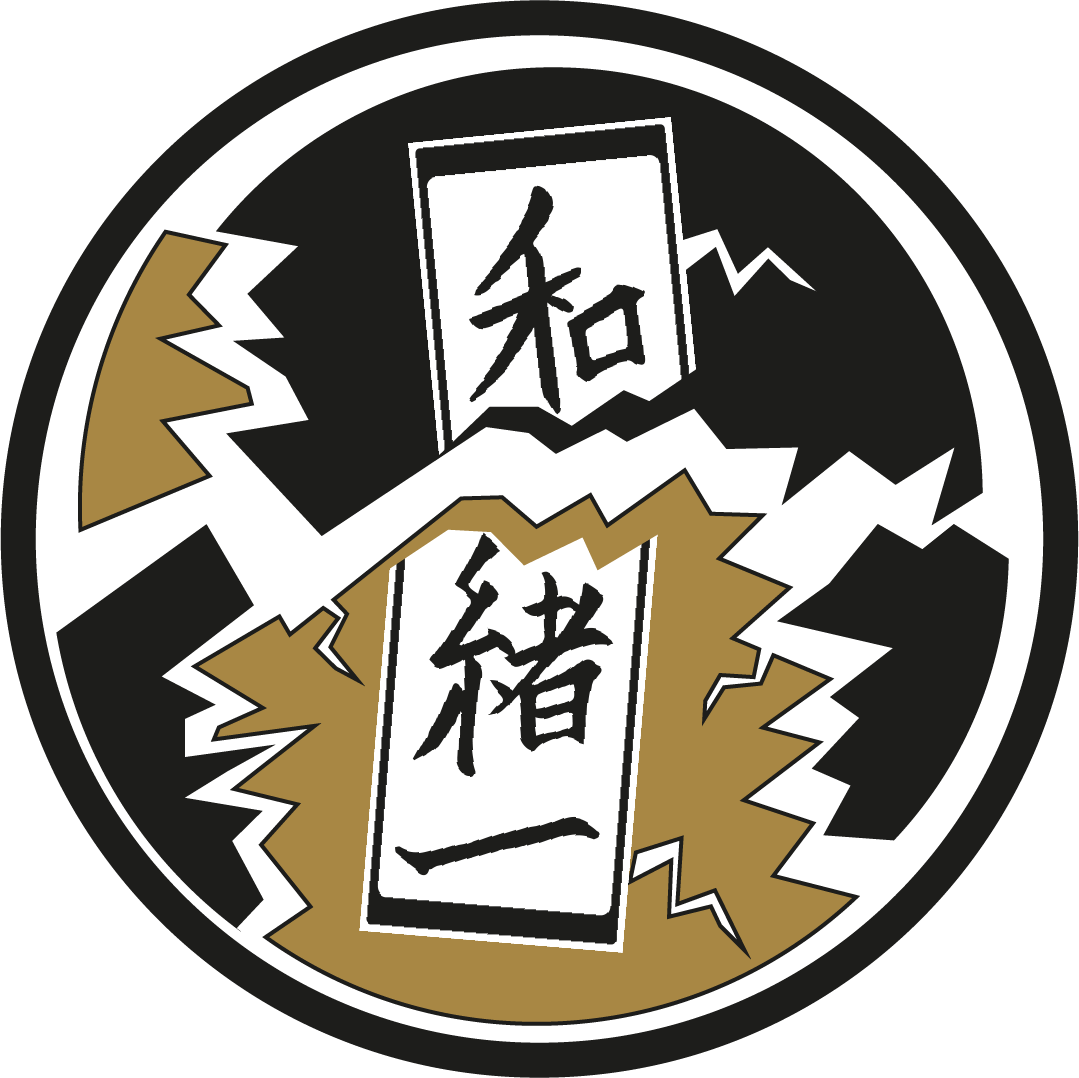My Language Learning Experience: A Reflection (I)
© freepik
My Japanese language learning experience started at home with a textbook called Japanese from Zero!. I was actually surprised by myself that I really bought that book and started to learn a new language. In retrospect, I can now say that my motivation to study Japanese has always been pretty high. This fact also didn’t change at university. Maybe, the most important reason for my ongoing motivation was the excellent university teacher I had.
My learning journey was very textbook-heavy in the beginning. A textbook, or kyōkasho 教科書, is often the first key you get to unlock a new world, which allows you to immerse yourself – even if it is just for one hour – in the target language. Eventually, this immersion must go beyond the pages of your textbook though. Ideally, you immerse yourself fully in your target language and try to create a language bubble where you can learn effectively. This is even more important if the language you’re learning isn’t spoken in the country you currently live in.
So, you try to create a language bubble, which is a space where you expose yourself to Japanese, almost as if you were in Japan (but of course it’s not the same experience). This means, for example, to change the settings on your phone to Japanese, watch Japanese TV, listen to Japanese podcasts and radio, the list goes on.
Did I do all of this? Well, let’s just say the settings on my phone are still in German. Yes, I listen to podcasts, but I don’t do it often enough, honestly. The same goes for learning new kanji: for me, it is mostly a matter of studying and forgetting, repeating and forgetting again. But despite the struggles, I still like to study kanji. Plus, being able to recognize kanji is a completely different story from being able to actively write them. Over time, I got better at coming up with quick stories in my head to help me remember a kanji. (If you need a few story inspirations at first, Remembering the Kanji by James Heisig is a great way to start.) This is very important, because unless you’re able to divide a kanji into its different parts, you will only see a bunch of strokes, like mikado sticks that lie on the floor – a complete mess.
While I sometimes struggle to maintain my Japanese bubble, there is one at least. Like all things, it is a matter of priorities, of course. I guess it’s simple: the smaller the bubble, the longer your way to fluency.
Read in part II why language exchange partners are crucial to create your bubble and where to find them.
Written by Jannick Scherrer


